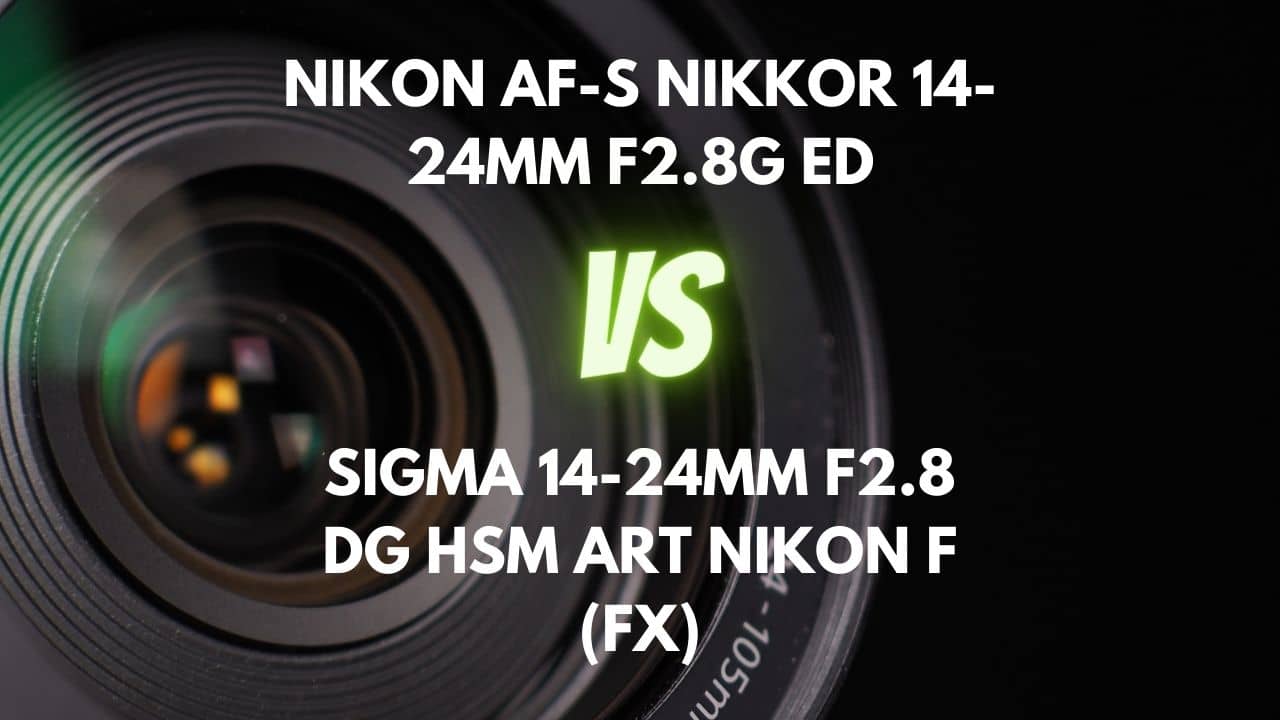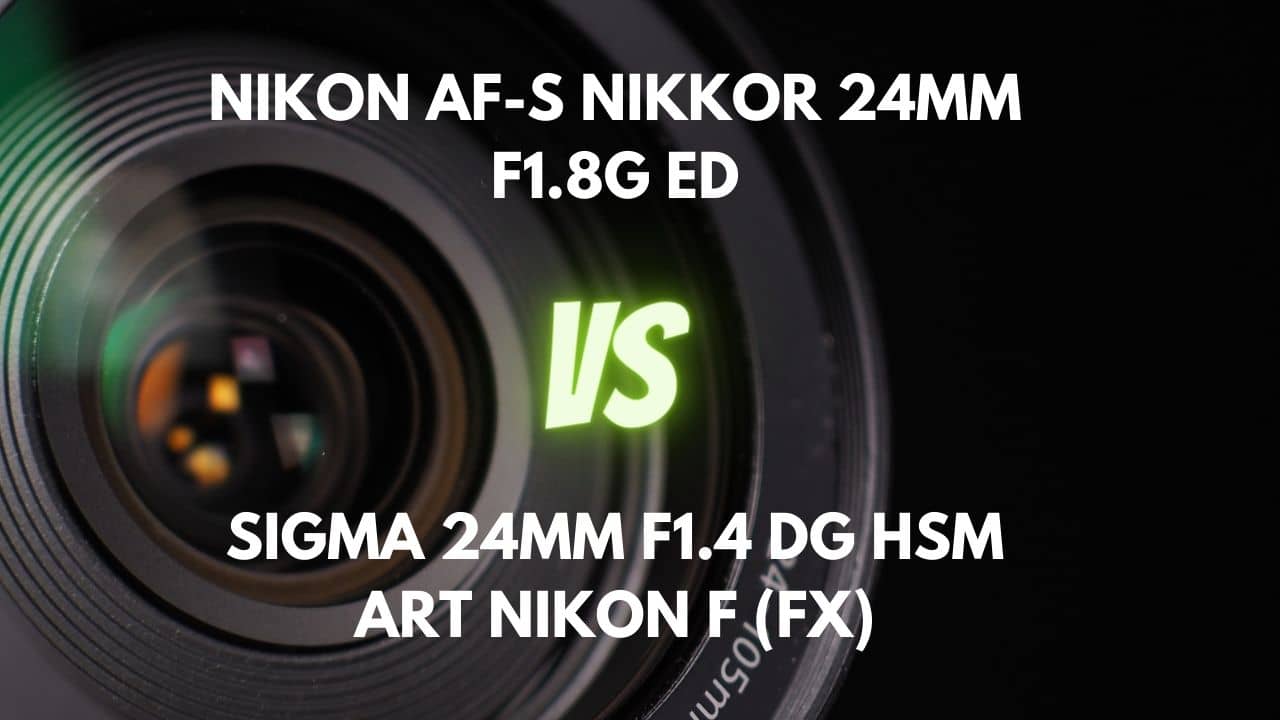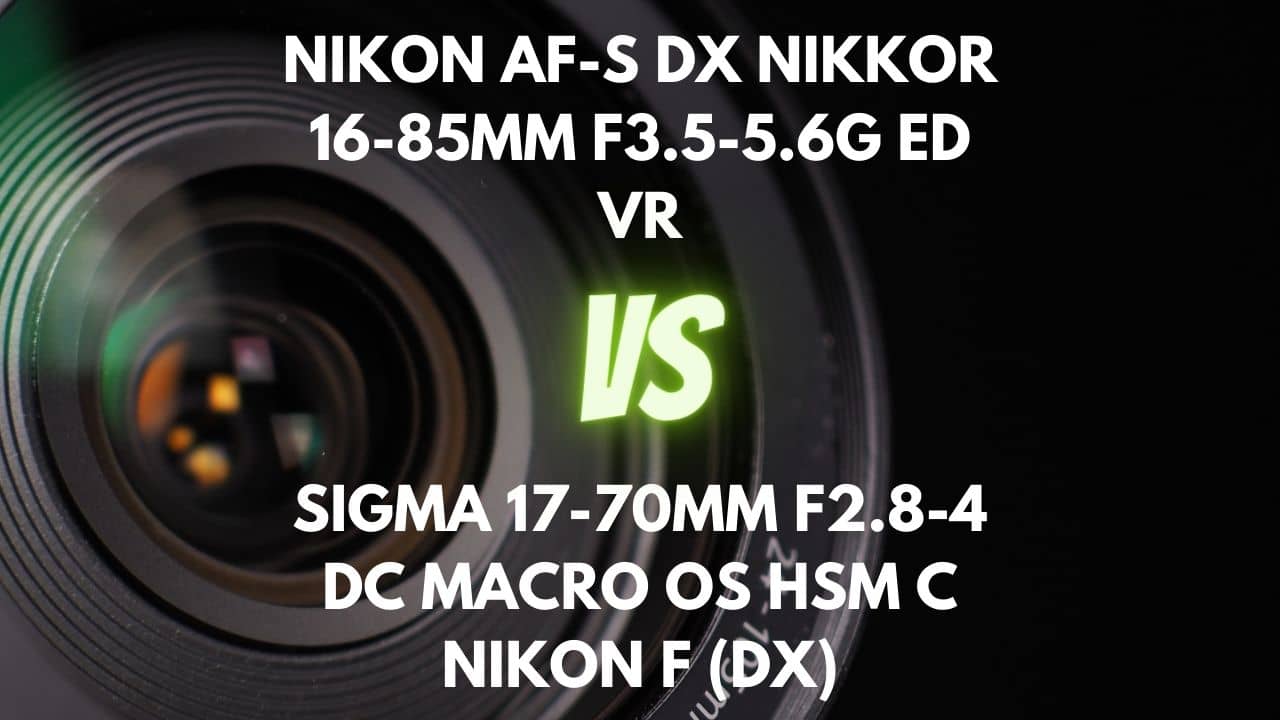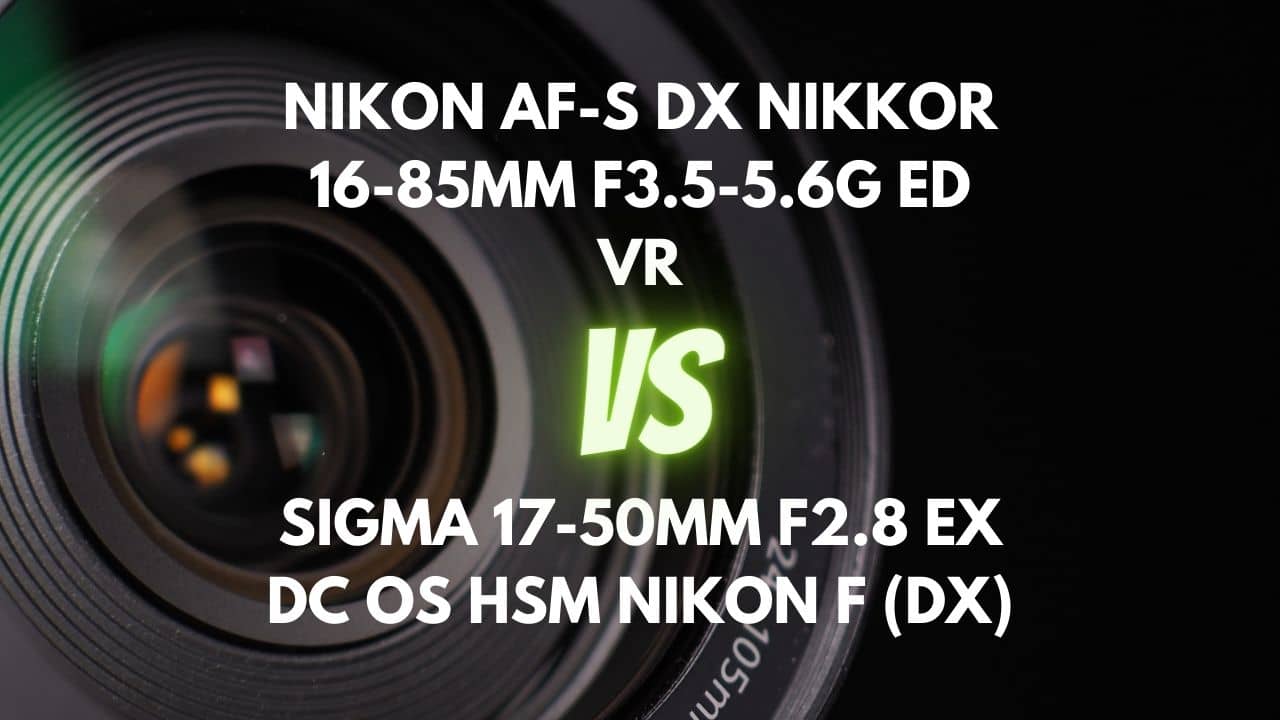The Nikon D850 is a well-known and widely used full-frame DSLR camera. With so many prime lenses on the market today being compatible with this particular camera, how do you know which one to choose?
Well, this article is here to help!
We’re going to take a look at some of the best primes on the market that work for this camera. One at a time, we’ll cover the specs, the good, the bad, and the best applications.
What are the Best Prime Lenses for Nikon D850?
Sigma 35mm f/1.4 DG HSM Art
This D850 prime lens surpasses Nikon’s 35mm f/1.4 lens in many ways but its price is cheaper. It is a very fast and sharp lens with distortion and only a little chromatic aberration.
Today’s Price:$649.95
Buy on AmazonPros
Cons
The first lens that we’re going to take a look at is the Sigma 35mm f/1.4 DG HSM Art. The 35mm fixed focal length is highly versatile and ideal for just about any type of photography.
So, if you’re looking for a handy little lens to keep in your go-bag, this is a solid option.
This lens has a pretty decent aperture range, from f/1.4 to f/16, with the maximum f/1.4 aperture lending itself to performing well in low light.
The diaphragm also has a 9-rounded blade construction, which is perfect for creating smooth bokeh effects.
The autofocus feature is quick, accurate, and quiet. The “floating” autofocusing system is built to reduce aberration when shooting at different distances.
When in autofocus mode, manual-focus override still exists, allowing more control over your shots.
The construction of this lens performs very well. The technology that it’s built on works to shoot high-resolution images that are sharp from center to edge and with minimal ghosting and flaring.
It’s also ergonomically sound with a large ribbed focus ring and selector switch for moving between manual and auto-focusing modes.
Sigma 50mm f/1.4 DG HSM Art
This D850 prime lens is another masterpiece of Sigma. It consists of premium glass elements to minimize ghost, flare, and chromatic aberration, making its image quality better than any other 50mm lens.
Today’s Price:$789.00
Buy on AmazonPros
Cons
For our next lens, we’re going to take a look at another Sigma lens.
The Sigma 50mm f/1.4 DG HSM Art is another highly flexible lens and is ideal for practically any type of photography that doesn’t require a telephoto lens.
The angle of view is similar to that of human vision, which makes this prime lens ideal for creating that relatability in your shots. And the versatility makes this another great go-to lens.
This lens shares many of the exact specifications as the last lens we discussed, including the f/16 to f/1.4 aperture range, providing a lot of creative flexibility and the capability of shooting in low light.
Again, this lens is built with a diaphragm of 9 rounded blades, making it ideal for smooth background blur.
This Sigma art lens does a fantastic job at utilizing technology in its builds to make lenses that produce high-resolution photos that are near flawless, even with a wide-open aperture.
Built on the same zoom system, the 50mm lens offers the same quick and accurate autofocusing with manual override as the 35mm.
Its great performance and compact design make this another ideal lens to have in your arsenal.
Nikon AF-S Nikkor 85mm f/1.4G
This D850 prime lens is the most popular Nikon portrait lens that is recommended by most professional portrait photographers. It is also a must-have for studio and wedding photographers.
Today’s Price:$1,596.95
Buy on AmazonPros
Cons
Next, we’re going to look at the Nikon AF-S Nikkor 85mm f/1.4G lens.
The 85mm focal length, combined with a 9-round-bladed diaphragm, makes this lens absolutely ideal for portrait photography.
This lens does a fantastic job of keeping the background extremely out of focus, which works to isolate and highlight your subject.
With a minimum focusing distance of 3 feet, this lens allows you to shoot photos with an up-close, personal feel.
The autofocusing on this lens is super fast, and super accurate, and can be overridden with a quick turn of the focusing ring.
As far as image quality goes, Nikon hits it on the head. The build quality of the lens is superb, allowing for minimum aberrations and vignetting, even with a wide-open aperture.
It’s capable of producing ultra-high resolution images across the entire aperture range. When it comes to portrait photography, this lens meets all of the expectations.
The only drawback to this lens is the lack of image-stabilizing technology. Even then, this lens makes the list of one of the best prime lenses on the market.
Nikon AF-S Nikkor 105mm f/1.4E ED
This D850 lens is pricey but worth every penny. It has outstanding optical performance, build quality, and bokeh quality.
Today’s Price:$2,096.95
Buy on AmazonPros
Cons
Now we’re going to look at another Nikon lens that’s phenomenal for both portraiture and indoor sporting photography. Yet again, this Nikon lens produces incredibly pleasant bokeh, while emphasizing the main subject in super-sharp, high-resolution images.
The f/1.4 aperture, of course, allows for stunning photography in low-lighting conditions.
This lens has a 9-round-bladed diaphragm as well, but it’s operated by an electromagnetic mechanism as opposed to mechanical linkage levers. What does this mean? This means that the diaphragm is highly accurate, and super fast, which is great for continuous shooting in auto exposure.
All of this combined makes this lens a perfect candidate for capturing those high-speed action shots.
This lens is coated with Nikon’s normal tech that minimizes or eliminates lens element reflections, ghosting, and other anomalies. It also comes with a fluorine coating that repels dust, water droplets, and dirt. It is a little bit on the heavier side, around two pounds, but the stunning images that it can produce are worth the weight.
Nikon AF-S Nikkor 200mm f/2G ED VRII
This D850 lens is a bulky one because of its super big aperture. It is best for portrait photographers who want exceptionally creamy bokeh.
Today’s Price:$1,459.95
Buy on AmazonPros
Cons
Our next lens is a 200mm telephoto lens, also made by Nikon. The Nikon AF-S Nikkor 200mm f/2G ED VRII. This lens does have some versatility with the 200mm focal length, when there may be some distance between yourself and your shot, such as theater performance, moments in sports, weddings, and other events.
The f/2 maximum aperture allows for shooting in some dimmer lighting situations, and with a minimum aperture of f/22, there’s plenty of room for creative influence over your shots.
This lens produces incredibly sharp images and can defocus the background of your image beautifully and evenly.
Thanks to the proprietary coatings and lens construction, chromatic aberrations are pretty well eliminated. It’s also built with Nikon’s VRII image stabilization system, which is great for handheld shooting.
This lens also comes equipped with three focus modes: Manual, Auto/Manual, and Manual/Auto. In auto/manual mode, manual overriding sensitivity has been increased to prevent unintentional switching into manual mode, whereas the manual/auto mode allows for near-instant switching by a slight turn of the focus ring. Overall, a fantastic lens for any type of action shooting.
Nikon AF-S Nikkor 300mm f/4E PF ED VR
This D850 lens is best for wildlife photographers who want to travel light. Compatible with 1.7x and 2.0x teleconverters, it can reach far-away subjects.
Today’s Price:$1,996.95
Buy on AmazonPros
Cons
The Nikon AF-S Nikkor 300mm f/4E PF ED VR lens has a lot going on tech-wise, and the stunning images it produces are proof.
The maximum aperture of this lens is a bit smaller than the others we’ve discussed, at f/4. However, it can still make some stellar shots in slightly dimmer lighting. And when lighting isn’t a concern, this lens is capable of some incredibly high-resolution shots.
This lens does come equipped with an electromagnetic diaphragm mechanism, which you might remember from earlier in this article.
This allows for super fast and accurate control of the diaphragm, ensuring consistent exposure, especially at high frame rates.
While the 300mm focal length allows for some pretty good distant shooting, this lens is compatible with most Nikon Teleconverters when more reach is required.
Similar to the last lens, this lens sports Nikon’s vibration reduction technology. While it’s not the latest and greatest VRII system, the original VR system was more than adequate for reducing vibration and helping to produce images with unparalleled clarity. This lens is especially well-suited for action shots and wildlife photography.
Nikon AF-S Nikkor 400mm f/2.8E FL ED VR
This D850 prime lens is best for serious wildlife photographers who want to achieve excellent image quality with a blurry background.
Today’s Price:$8,999.99
Buy on AmazonPros
Cons
Our last lens is going to be Nikon’s Nikkor 400mm f/2.8E FL ED VR super-telephoto lens. With a 400mm focal length, it provides sharp images from quite a distance away.
With all of the technology packed in this relatively light lens, it’s just about flawless for shooting anything and is unmatched for shooting action sports and wildlife photography.
One thing that sets this lens apart is the vibration reduction technology with an added “sport” mode, which provides a stable viewfinder image. This is great for tracking moving subjects, especially when you’re shooting in continuous mode.
This, combined with the electromagnetic diaphragm mechanism we’ve discussed, makes this lens great for capturing those action shots that require speed and precision.
The f/2.8 maximum aperture also allows for some great shooting when lighting isn’t ideal, and the nine-round blade diaphragm will blur the background beautifully.
For even more flexibility and control, this lens also has Nikon’s three-focus mode system we discussed earlier. There’s a pretty high price tag on these lenses, typically, but their pro-grade build and performance are the justification.
Conclusion
All of the lenses that this article has covered are perfect to pair with your Nikon D850. They provide artistic control when you really want it, and some really intuitive technology for shooting in automatic modes. Think about what type of photography you’re going to be doing the most, and pick the lens that fits that niche the best.













